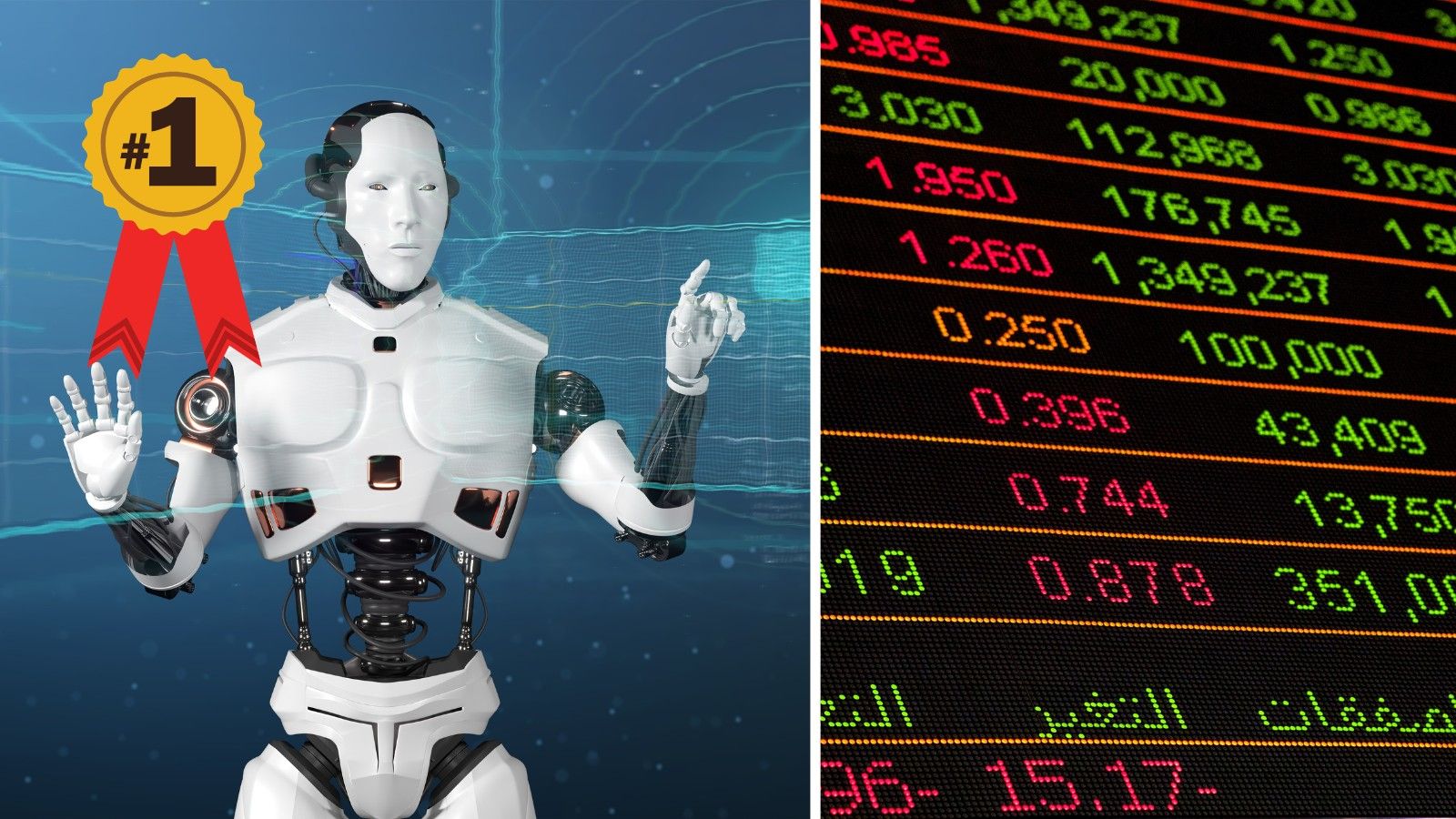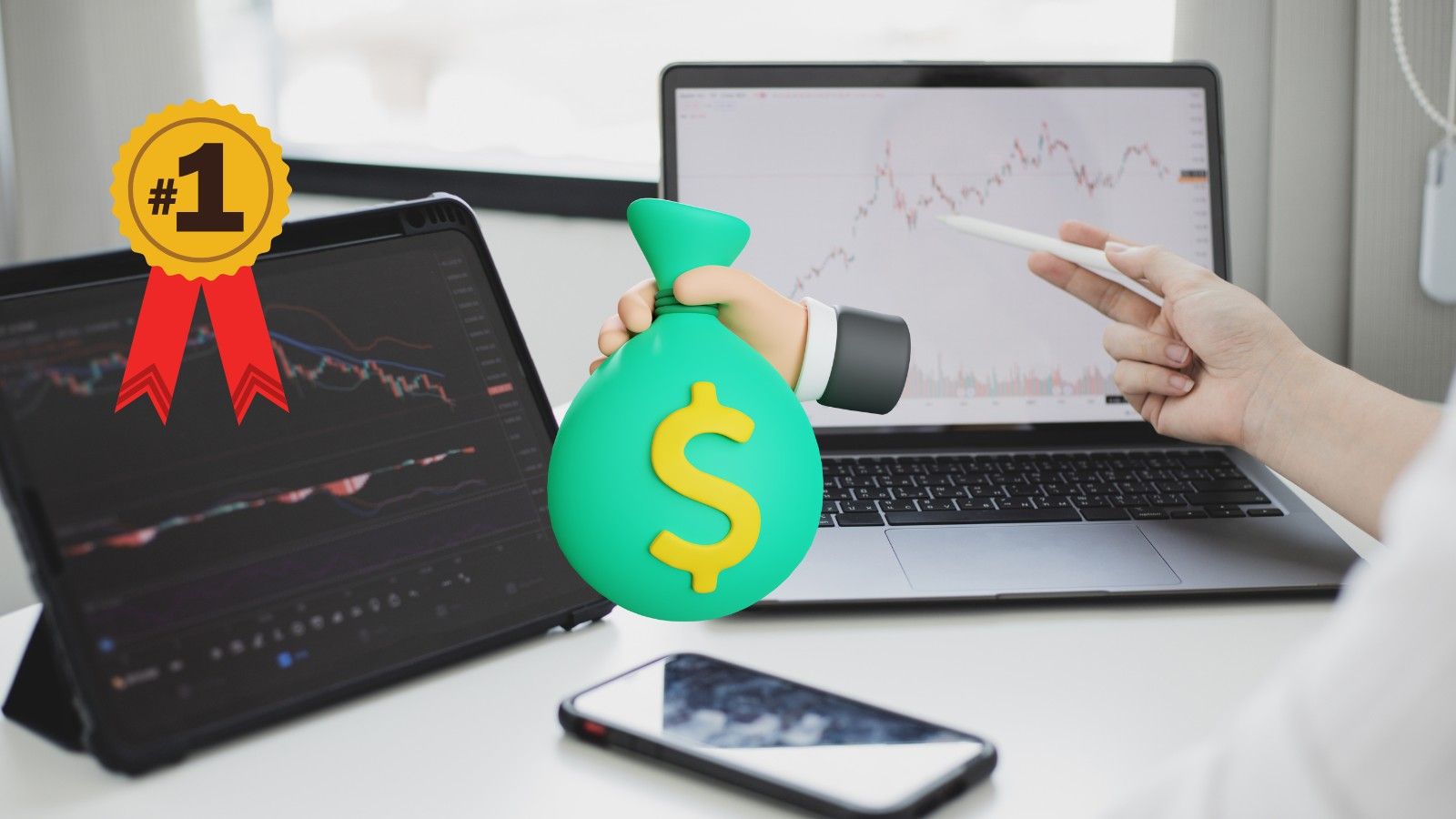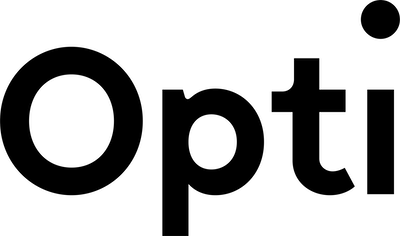Norsk Hydro: Robust results, executing on strategy
Hydro’s adjusted EBITDA for the first quarter of 2023 was NOK 7,525 million, down from NOK 11,165 million for the same quarter last year. This resulted in an adjusted RoaCE of 18 percent over the last twelve months. Lower aluminium and alumina sales prices, and higher raw material costs negatively affected results, partly offset by positive currency effects.
- Robust results despite volatile markets and weaker demand
- Balanced aluminium markets and falling raw material prices supporting margins
- Capturing greener demand growth
- Strategic growth in Recycling and Extrusions
- Hydro and Glencore to become partners to further develop Alunorte
“Hydro is delivering robust financial results and executing on our strategic objectives, despite volatile markets and weaker demand. Looking forward, growing demand for our greener offerings combined with long-term, stable access to raw materials and energy gives confidence as we continue targeted investments to strengthen our position for the long-term where demand for greener aluminium is expected to be in high demand,” says President and CEO, Hilde Merete Aasheim.
On April 27, Hydro signed an agreement with Glencore, who will acquire 30 percent of the Brazilian alumina refinery Hydro Alunorte and Hydro’s 5 percent ownership in the Brazilian bauxite producer Mineracão Rio do Norte (MRN).
“We look forward to joining forces with Glencore to reinforce the position of Alunorte as the world’s largest and leading Alumina refinery, serving Hydro and the market with high quality, low-carbon alumina for the future. Furthermore, proceeds from the transaction will be used for strategic growth and shareholder distribution,” says Aasheim.
Glencore will acquire an additional 40 percent stake in MRN which is currently owned by Vale. This 40 percent interest will be acquired by Hydro from Vale and immediately sold to Glencore on a back-to-back basis. After the transactions Hydro will no longer have an ownership position in MRN. The transactions will have a total enterprise value of USD 1.15 billion which shall be adjusted for debt like items and working capital. Closing is expected in the second half of 2023.
The transaction is an important step to deliver on Hydro’s strategy. Alunorte remains a core strategic asset for Hydro and is a key source of low-carbon alumina supply to our primary aluminum smelters. Hydro will continue to be long alumina, but now more balanced in relation to the demand from our aluminium smelter portfolio.
Health and safety remain Hydro’s top priority for both employees and the communities where the company operates. The total recordable injury rate (TRI) continues on a positive trend, reaching 2.3 by the end of first quarter.
Hydro continues its strong commitment to reduce costs and improve operational excellence. The improvement program is a key lever to deliver on Hydro’s 2025 strategy, and Hydro estimates it will reach its year-end target of NOK 8.4 billion of accumulated improvements.
The global economic growth rate slowed towards the end of 2022 and into the first quarter of 2023, amid continued high energy prices, and as central banks raised interest rates rapidly to tackle high inflation. External sources forecast global economic growth for 2023 in the range of 2 to 3 percent, reflecting a gradual improvement in the macroeconomic environment.
Global primary aluminium consumption was down 6 percent compared to the very strong first quarter of 2022, driven by a decrease of 17 percent in Europe. For 2023, external sources estimate a global deficit of primary aluminium between 0.1 million mt and 0.8 million mt. High energy prices led to further curtailments of aluminium production facilities in Europe and elevated energy costs continue to pose a risk of further curtailments.
The green transition drives demand for aluminium with an additional 5 million tonnes demand expected until 2050 in Europe, mainly driven by growth in electrical vehicles (EV), electrical grid and solar. The average content of aluminium per vehicle continues to increase and is expected at around 250-300 kg per car, up from around 150-200 kg in 2020, supported by the growth in EVs.
Hydro’s customers across industry sectors such as transportation, construction, packaging and electrical are setting ambitious decarbonization targets. On April 26, Hydro and Porsche AG announced a collaboration to further reduce the carbon footprint of Porsche's car models. Hydro will deliver Porsche and Porsche’s component suppliers with low-carbon and ultimately zero-carbon aluminium. In addition, the two companies will collaborate on an innovative value chain concept for battery materials and battery recycling.
“We are excited to work together with Porsche and leverage our expertise across the entire value chain, from Bauxite & Alumina to Aluminium Metal, to Extrusions and new energy solutions to provide low- and ultimately zero-carbon aluminium to their future vehicle projects. In addition, we will also collaborate on exploring an innovative value chain concept for battery materials, supporting Hydro’s strategic investments in sustainable battery materials,” says Aasheim.
To enable customers’ decarbonization journey and grow its margins, Hydro is pursuing three decarbonization paths to further reduce the carbon footprint of aluminium. In the first quarter the company is preparing for the first CO2 capture following the conclusion of successful technology trials in Sunndal together with technology partner Verdox. Additionally, the company is preparing for HalZero testing at scale and constructing a HalZero test facility with support from the Norwegian government via state enterprise Enova.
Recycling is also an important enabler to strengthen Hydro’s position in low-carbon aluminium. On April 27, Hydro announced its plan to relaunch a tender offer process for the acquisition of 100 percent of the shares of the Polish recycler Alumetal S.A. The tender offer was first launched in April 2022, which later expired during the European Commission’s extended merger review, still pending with a provisional decision deadline of May 23. The tender offer represents an aggregate equity purchase price of approximately PLN 1,230 million (approximately EUR 267 million).
The proposed acquisition would be a strong strategic fit towards delivering on Hydro’s recycling strategy by widening its product offering in the low-carbon and scrap based foundry alloy market. Following the acquisition of Alumetal, Hydro will increase the post-consumer scrap (PCS) usage of approximately 150,000 tonnes per year, well exceeding the company’s 2020 ambition to double PCS recycling by 2025.
Extrusions is an important growth area for Hydro. It has delivered strong earnings improvements over the last eight years, from NOK 1.9 billion in adjusted EBITDA for Sapa in 2014 to NOK 7.0 billion in 2022, and is well underway to deliver NOK 8 billion adjusted EBITDA by 2025. Despite current weaker markets, margins are continuing to improve. In the first quarter, Hydro’s acquisition of Hueck building systems and extrusion business closed. The acquisition strengthens Hydro’s presence in Germany and other European markets. It is expected to offer clear operational and commercial synergies linked to extrusion, systems and recycling business.
Hydro has continued to execute on its strategy to grow in new energy areas that can decarbonize high emitting industries, including renewable energy production, investment in battery value chains and production of green hydrogen.
Hydro Rein is progressing on construction of Stor-Skälsjön, Mendubim, Feijao and Boa Sorte together with the relevant partners. The process to raise capital for Hydro Rein is ongoing.
Batteries continues to develop its portfolio according to plan. Hydrovolt is further increasing volumes, while Vianode’s fast track plant is under construction.
Hydro announced a EUR 5 million investment in the Dutch advanced materials company E-magy, a developer of silicon anode materials for future battery generations. The investment strengthens Hydro’s portfolio within emerging technologies and anode materials. Furthermore, Hydro strengthened its position in sustainable battery materials in the first quarter through the acquisition of a 12 percent stake in Lithium de France.
Hydro’s green hydrogen unit, Hydro Havrand continues to mature the world’s first pilot for green hydrogen in aluminium at Høyanger, Norway.
Results and market development per business area
First quarter 2023 adjusted EBITDA for Bauxite & Alumina decreased compared to the first quarter of last year, driven mainly by increased prices for caustic, and lower alumina sales prices. The average Platts alumina index (PAX) increased in the first quarter to USD 360 per mt, compared to USD 317 per mt in the fourth quarter 2022.
Adjusted EBITDA for Aluminium Metal decreased in the first quarter of 2023 compared to the first quarter of 2022, mainly due to lower all-in metal prices and higher carbon cost, partly offset by positive currency effects, positive contribution from power sales, and lower energy cost.
On April 17, Hydro Karmøy and Hydro Årdal went on strike following a breach in mediation between The Confederation of Norwegian Enterprise (NHO), the Confederation of the Vocational Unions (YS) and the Norwegian Labor Union (LO), employees organized in Industri Energi and FLT. The strike ended April 20, with limited financial consequences for Hydro.
Adjusted EBITDA for Metal Markets increased in the first quarter compared to the same quarter last year due to higher results from sourcing and trading activities and positive currency and inventory valuation effects, partly offset by a decrease in the results from the recyclers, compared to a record strong first quarter 2022.
Adjusted EBITDA for Extrusions was slightly lower in the first quarter compared to the same quarter last year. Increased sales margins and positive currency effects were partly compensated by lower sales volumes and decreased results from the recyclers. Inflationary cost pressure remains on fixed and variable costs.
European demand for extrusions in the first quarter of 2023 is estimated to have decreased 18 percent compared to the same quarter last year, but increasing 10 percent compared to the fourth quarter of 2022, driven by seasonality. North American extrusion demand is estimated to have decreased 10 percent during the first quarter of 2023, compared to the same quarter last year, but increasing 9 percent compared to the fourth quarter of 2022.
First quarter 2023 adjusted EBITDA for Energy decreased significantly compared to the same quarter last year, mainly due to significant loss on a 12-month internal fixed price purchase contract from early October 2022, lower gain on price area differences, lower prices and lower power production, somewhat offset by increased hedging results.
Nordic power prices were on average lower in the first quarter of 2023 compared to the same quarter last year, and significantly lower than the previous quarter. Significant price area differences in the Nordic region have continued through the first quarter, but at a lower level than the previous quarter and significantly lower than the same quarter last year.
Other key financials
Compared to the fourth quarter, Hydro’s adjusted EBITDA increased from NOK 7,184 million to NOK 7,525 million in the first quarter 2023. Higher realized aluminium and alumina prices, and positive currency effects were slightly offset by lower sales volumes.
Net income from continuing operations amounted to NOK 1,144 million in the first quarter. In addition to the factors described above, net income from continuing operations included a net foreign exchange gain of NOK 156 million, a NOK 458 million unrealized loss on power and raw material contracts, and a NOK 708 million unrealized loss on LME related contracts.
Hydro's net cash decreased from NOK 1.3 billion at the end of the fourth quarter 2022 to a net debt position of NOK 1.7 billion at the end of the first quarter 2023. Net cash provided by operating activities, excluding release of collateral, amounted to NOK 2.9 billion. Net cash used in investment activities, excluding short term investments, amounted to NOK 3.9 billion.
Adjusted net debt increased from NOK 6.0 billion to NOK 8.5 billion, largely due to the increase in net debt, partly offset by reduced collateral of NOK 0.7 billion.
Hydro’s existing share buyback program, initiated in September 2022, completed its purchases in the market on March 10. The redemption and cancellation of shares held by the Norwegian state is subject to approval by the Annual General Meeting on May 10, 2023.
In addition to the factors discussed above, reported earnings before financial items and tax (EBIT) and net income include effects that are disclosed in the quarterly report. Adjustments to EBITDA, EBIT and net income (loss) are defined and described as part of the alternative performance measures (APM) section in the quarterly report.
Investor contact:
Line Haugetraa
+47 41406376
Martine Rambøl Hagen
+47 91708918
Media contact:
Halvor Molland
+47 92979797
The information was submitted for publication from Hydro Investor Relations and the contact persons set out above. Certain statements included in this announcement contain forward-looking information, including, without limitation, information relating to (a) forecasts, projections and estimates, (b) statements of Hydro management concerning plans, objectives and strategies, such as planned expansions, investments, divestments, curtailments or other projects, (c) targeted production volumes and costs, capacities or rates, start-up costs, cost reductions and profit objectives, (d) various expectations about future developments in Hydro's markets, particularly prices, supply and demand and competition, (e) results of operations, (f) margins, (g) growth rates, (h) risk management, and (i) qualified statements such as "expected", "scheduled", "targeted", "planned", "proposed", "intended" or similar. Although we believe that the expectations reflected in such forward-looking statements are reasonable, these forward-looking statements are based on a number of assumptions and forecasts that, by their nature, involve risk and uncertainty.
Various factors could cause our actual results to differ materially from those projected in a forward-looking statement or affect the extent to which a particular projection is realized. Factors that could cause these differences include, but are not limited to: our continued ability to reposition and restructure our upstream and downstream businesses; changes in availability and cost of energy and raw materials; global supply and demand for aluminium and aluminium products; world economic growth, including rates of inflation and industrial production; changes in the relative value of currencies and the value of commodity contracts; trends in Hydro's key markets and competition; and legislative, regulatory and political factors. No assurance can be given that such expectations will prove to have been correct. Except where required by law, Hydro disclaims any obligation to update or revise any forward-looking statements, whether as a result of new information, future events or otherwise. This information is considered to be inside information pursuant to the EU Market Abuse Regulation and is subject to the disclosure requirements pursuant to Section 5-12 the Norwegian Securities Trading Act.
Attachments





